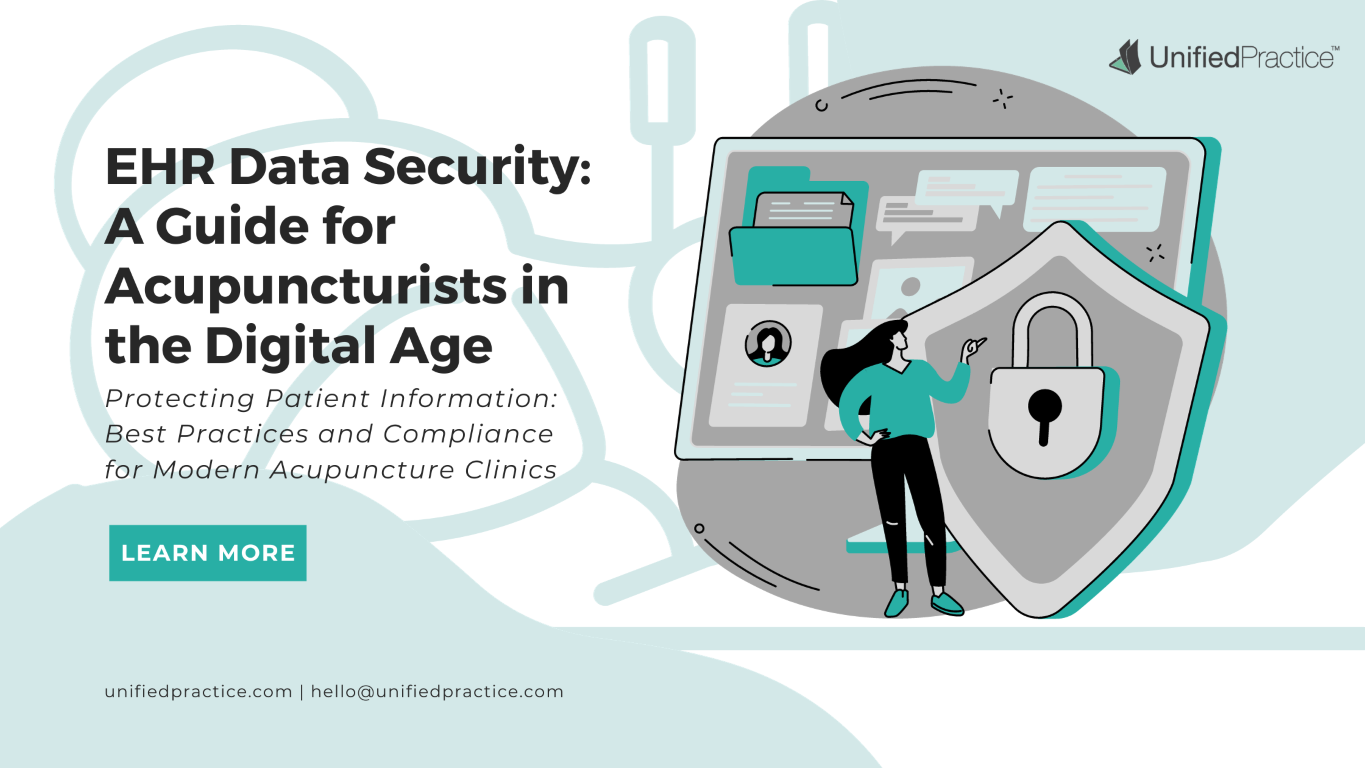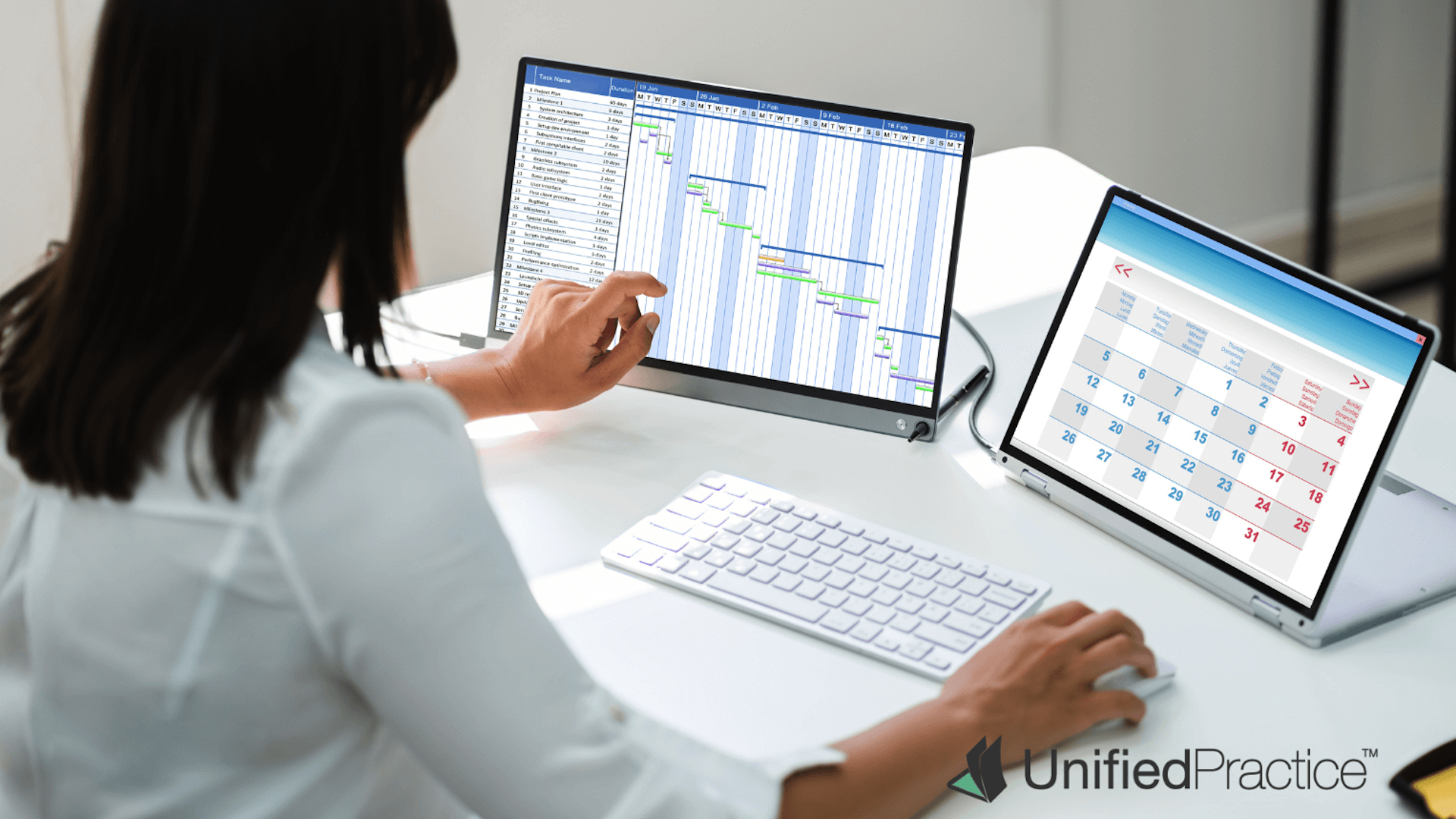When a woman, 37 weeks pregnant, needed to be induced due to a placental abruption, an obstetrician and acupuncturist entered the room.
The obstetrician safely performed a Foley bulb induction to help the cervix dilate faster. After the balloon was inserted, her contractions were about seven minutes apart.
Then acupuncturist Patrick Boswell started his work — performing acupuncture and bodywork on the woman to also help get labor going.
“The acupuncture drops your stress hormone and allows your body to take back over,” he explains. “The body does what it needs — and knows — to do.”
Other experts in Traditional Chinese Medicine (TCM) propose that acupuncture targets certain points on the body to release hormones and trigger contractions to support a smoother and less stressful delivery.
No matter the theory, Boswell’s acupuncture seemed to work. The woman’s contractions were reduced to two minutes apart. The doctor came back for the final step: to administer Pitocin, a hormone that induces and strengthens contractions. Soon after, a healthy baby was safely born.
The Best of Both Worlds?
What’s compelling about this story is that it’s not about a woman choosing either Western or Eastern medicine in the delivery room. Rather, she experienced a blend of both medical worlds to create the best outcome for herself and her baby.
Boswell estimates that in the United States, there might be half a dozen other acupuncture practitioners who work on labor and delivery floors with obstetricians.
“I might be the only male, too” he jokes.
“The obstetrician has been around for maybe 100, 120 years,” notes Boswell. “Before that everything was a home birth or with a midwife. It’s a new profession in the grand scheme of things. We’re now moving back towards letting birth happen more naturally.”
Enter: A TCM-supported approach to women’s maternal health in a hospital in upstate New York.
Meet Patrick

Patrick Boswell L.Ac., LMT, Doula, is the owner of A New Life Acupuncture, which specializes in women’s health, fertility, pregnancy, labor/delivery, and postpartum patients. He also practices acupuncture at Highland Hospital and Strong Memorial Hospital, both part of the University of Rochester Medical Center complex in Rochester, New York.
Boswell’s journey in this field began in 2010 when he became a licensed massage therapist. Thereafter, he worked as a chiropractic assistant for over three years while studying acupuncture and herbs at The Finger Lakes School of Acupuncture and Oriental Medicine. In 2014 he received his acupuncture license from New York to practice Traditional Chinese Medicine.
When asked how acupuncture actually “works” in the realm of women’s health, he had a few theories, including how it can make the body more receptive to oxytocin, a hormone the brain naturally releases to regulate contractions.
However, Boswell stresses that one of the biggest reasons acupuncture seems to be so beneficial is that it modulates stress hormones. He describes that when trying to get pregnant, induce labor, or deliver a baby, the body is stuck in fight or flight mode.
“Evolutionarily, the body goes ‘if I don’t feel safe I’m not going to try to put myself in a further vulnerable position,’ which in this case could be getting pregnant or delivering a child. The body will prevent pregnancy or going into labor because it doesn’t feel safe — because it is stressed,” he asserts.
That’s where acupuncture comes in. Boswell says the practice helps reduce stress and allows people to tap back into their bodies versus letting the mind get in the way.
“That’s why you hear so many stories of people trying to get pregnant for years and then six months later [after they’ve stopped trying] they’re pregnant. It wasn’t on their mind anymore. They were able to relieve the large stressor of ‘I can’t get pregnant.’”
The Science Behind the Stress Relief
We don’t only need to take Boswell’s word for it. There have been a handful of promising studies that show how acupuncture can reduce stress, at least in the short term.
For example, a study from the UK recruited over 750 people living with depression. Researchers found that acupuncture significantly reduced depression — lowering the depression scale from an average “16 out of 27” to a “9 out of 27.” Another experiment focused on lowering stress in students and worked on a large urban college campus revealed that the group treated with acupuncture (versus a sham control group) had a higher reduction of stress that lasted for three months.
While reducing all fertility and pregnancy issues to stress might be far too simplistic, the theory is credible. And as Boswell suggests, perhaps it’s not about acupuncture reigning supreme over other methods, but rather making it a complementary part of the protocol in women’s maternal health.
Acupuncture on the L&D Floor — It’s All About Language
In order for TCM practitioners and physicians to operate well together, Boswell is convinced it’s all about language.
“If you’re working in a hospital, you can’t walk around talking about the patient’s qi,” he laughs. “If they don’t know your language and vice versa, you won’t communicate well.”
Boswell explains that translating “his” language to a doctor’s is vital to them working well together. For instance, instead of saying he’s going to “open the liver channel,” he’ll announce he is going to “relax the pelvic floor.”
In many cases, he’ll sit down for an hour with a physician to ask questions and come to terms with the fact that both parties are really trying to achieve the same thing — and that it’s often just lost in translation.
“I’m speaking Chinese and they’re speaking English,” he points out.

The Biggest Hurdles of TCM In Western Hospitals
Boswell acknowledges it’s taken time to develop a shared language and gain trust from a lot of providers on his hospital wing— which comes from doing a good job, generating mutual respect, having a strong research background, and being able to speak their language.
“I have to make sure it doesn’t look like I’m stepping on their toes or telling a doctor’s patient what to do,” he adds.
For Boswell, the biggest hurdle to integrate Western and Eastern medicine is understanding the context from which acupuncture derives. He sees certain acupuncture practitioners take a foreign and exotic approach to acupuncture, especially Americans who are not of Chinese descent.
“We’ve got too many people within our profession who want this to be something that it’s not, and these are often the loudest ones. We often get a bad rap as a pseudoscience.”
“We’re all here for the same reason,” he concludes, speaking of both Western doctors and Eastern medicine practitioners. “We want to get the best outcome for the patient.”
Psst: If you’re a TCM practitioner interested in learning more about our integrated practice management solution, get started here.




